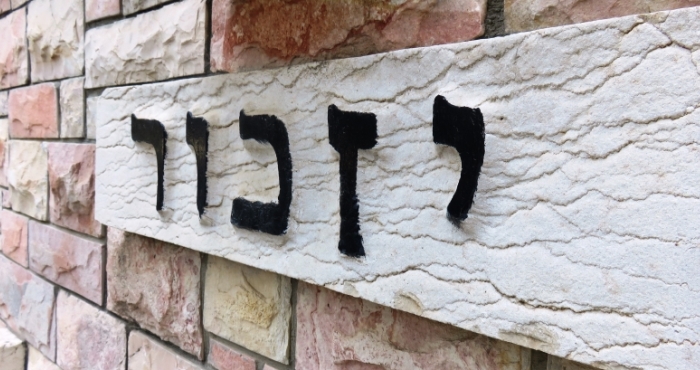
While Judaism places great emphasis on our lives in this world, death is an inevitable end for all of us. Often Jews who have been distant from traditional Jewish practice for their whole lives seek the comfort of traditional Judaism in the face of death. For mourners, whose lives are often turned upside down by death, the traditional practices of mourning can provide structure and comfort. Here you will find resources that address each aspect of the process of navigating death and mourning—from the moment of death, to the burial of the body, the tearing of clothes, the weeklong practice of shiva, and the recitation of kaddish.
Subscribe for the latest rituals, online learning opportunities, and unique Judaica finds from our store.